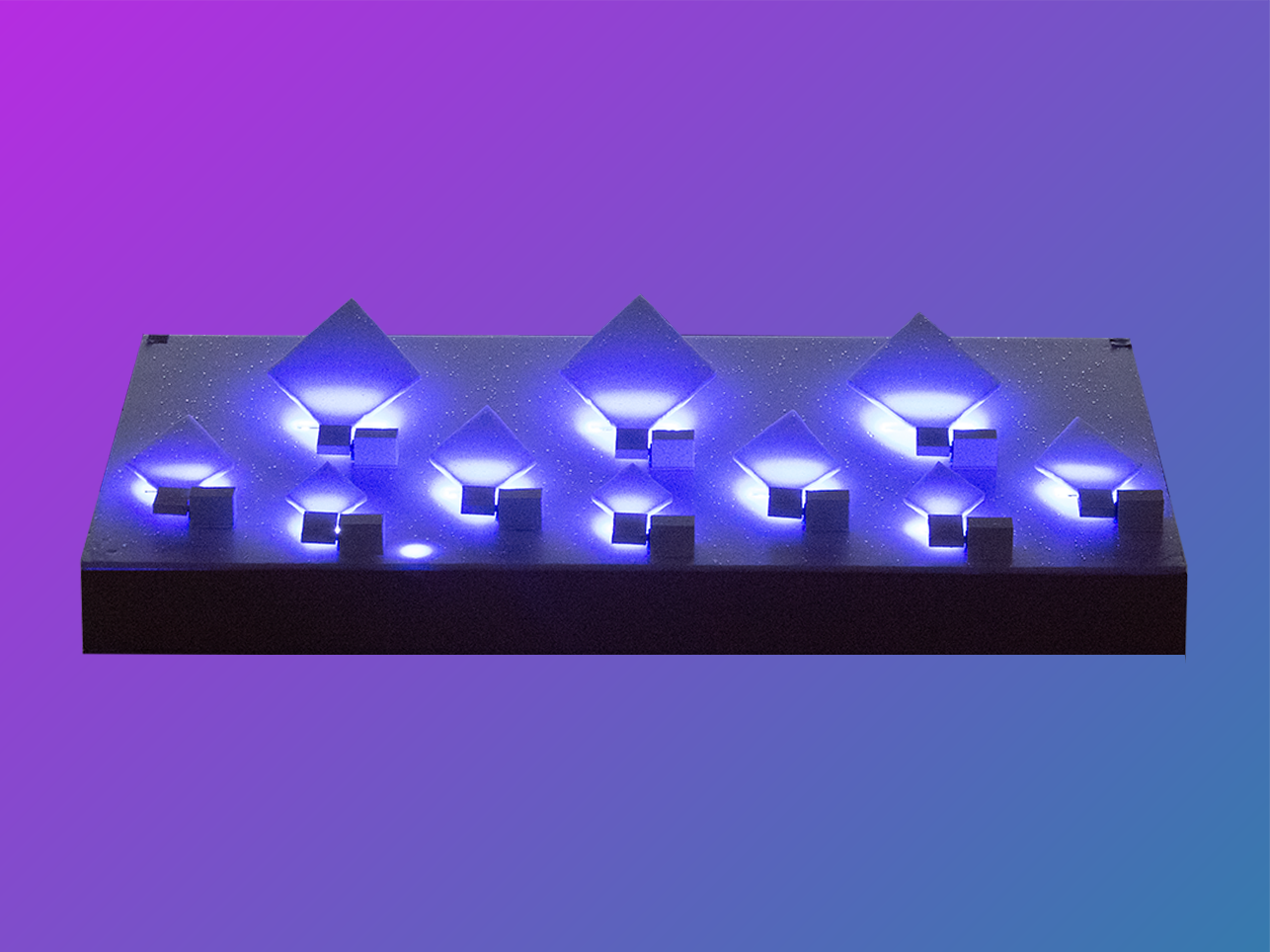
Creating a natural connection between passenger, car, and environment
In a world that is becoming continuously more autonomous, we fear a loss of personal connection between passenger and car. With Mercedes-Benz as client, we were tasked to build on top of the Mercedes AVTR concept car. We did so by further emphasizing the personality of the passenger, defining how this should change the driving behavior of the car and how this personality can be communicated to the environment.
Technical explanation
This project has many dimensions to it, but it essentially comes down to the relation between the passenger and car and the car and environment in an autonomous future. Our research on current developments in autonomous driving has shown us how personal driving styles and preferences on behavior are neglected. We want cars to behave as their passengers would behave and communicate the intentions of the car adequately to the environment.
We have tried to achieve this by including sensors in a central ‘hub’, a device on which the passenger puts his or her hand. These sensors read information such as; identification, heart rate, and driving suggestions. Eventually, the car should also be able to learn personality traits and interests. With all this collected information, the car can learn how to behave accordingly. For example; going to a party? The car will drive energetically. Returning home from a party? The car plays calm music and peacefully drives home while you calm down.
The next important part is transferring this behavior so every other car and pedestrian knows it. This is accomplished through exterior flaps which use a variety of gestures and lighting changes to non-verbally inform everything and everyone. These exterior flaps can become a language between cars, allowing a decentralized network of cars, giving way to safer and more efficient car infrastructure.
Software: Arduino IDE, Blender
Hardware: Arduino Uno, servo motors, LED strips, speaker, fingerprint sensor, joystick, heartbeat sensor, jumper wires, resistors, battery holder
Project information
Project: TU/e Industrial Design, Design Project 2 (Bachelor year 2)
Date: 09-2020 - 01-2021
Development time: 5 months
Team members: Bo Silkens, Sven Hoofs, Deniz Korkmaz
Coach: Marieke Martens
My contribution: Team lead, defining the vision behind the project, 3D visualizations, hardware prototyping (focus on flaps prototype), presenting







